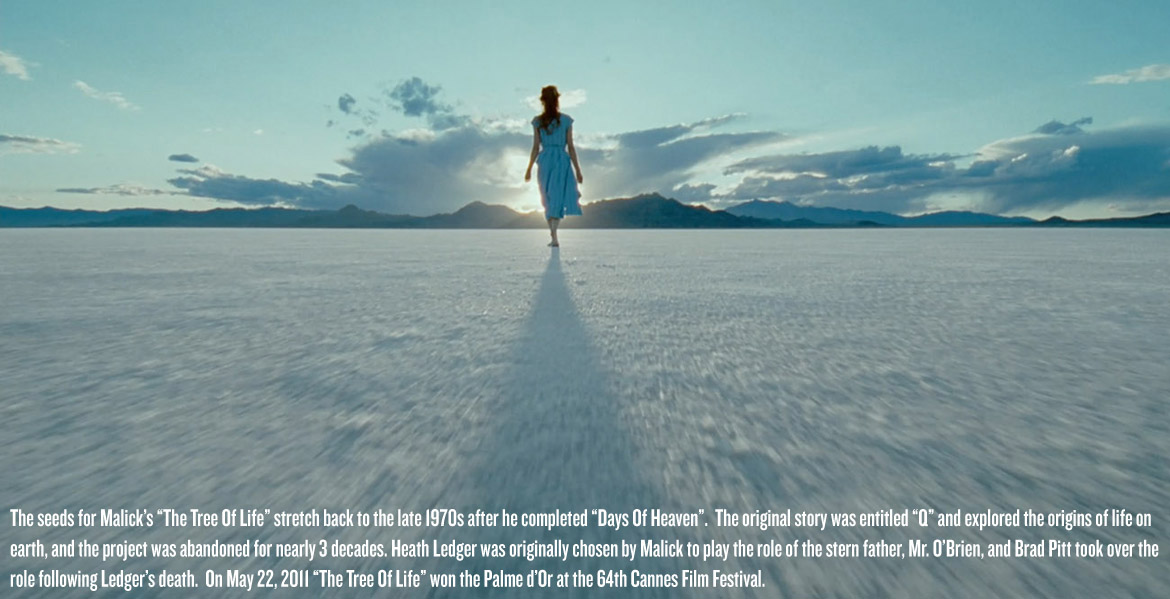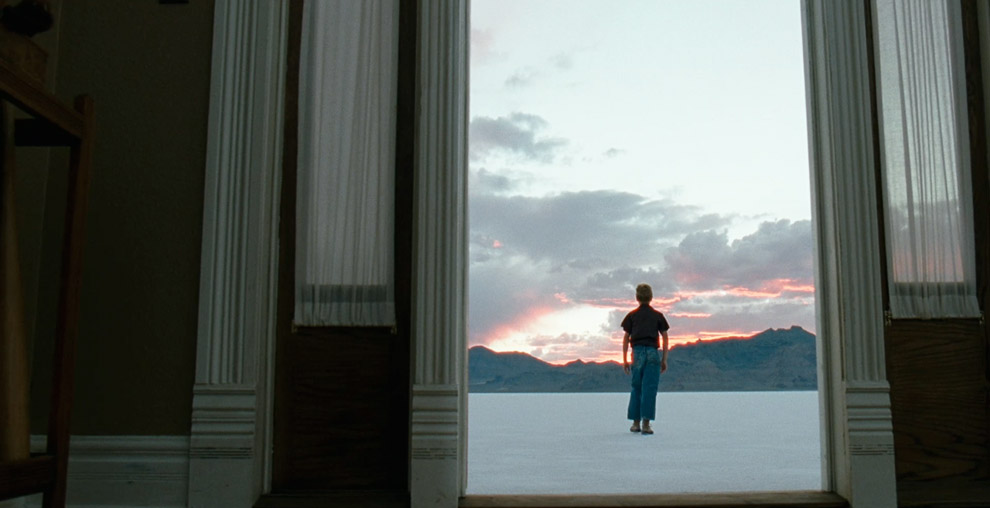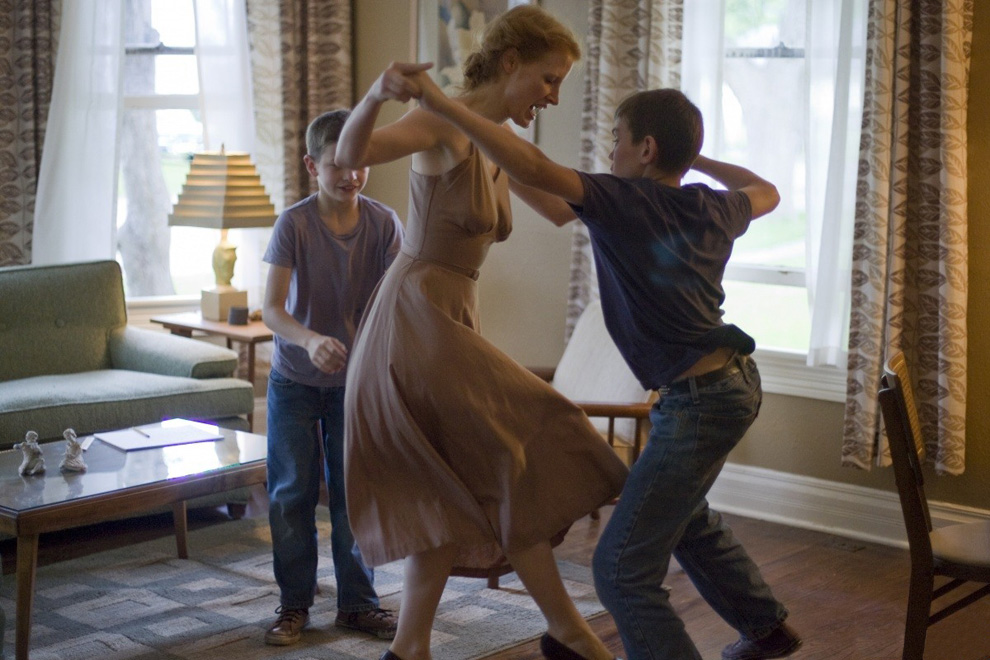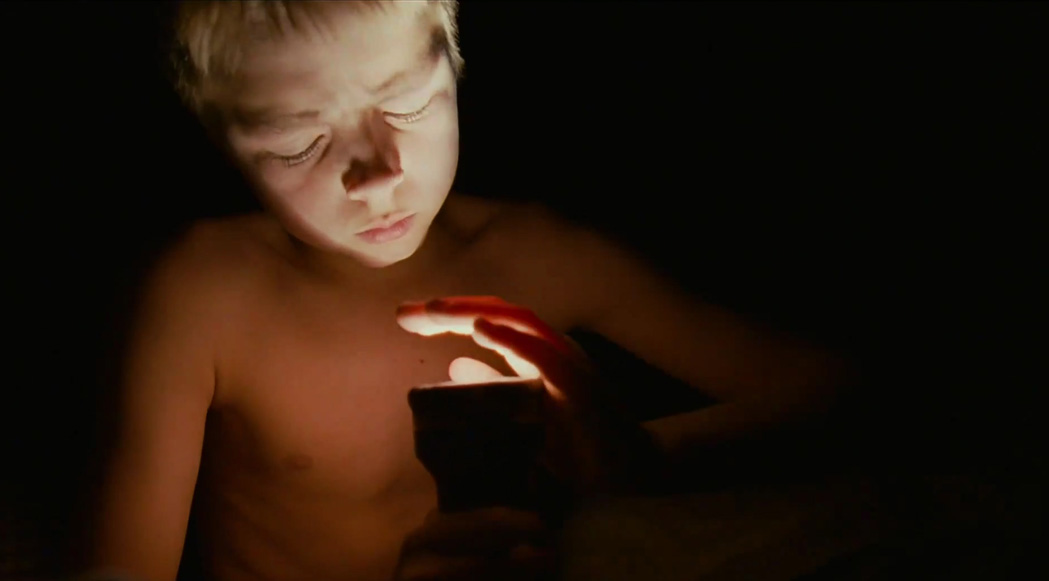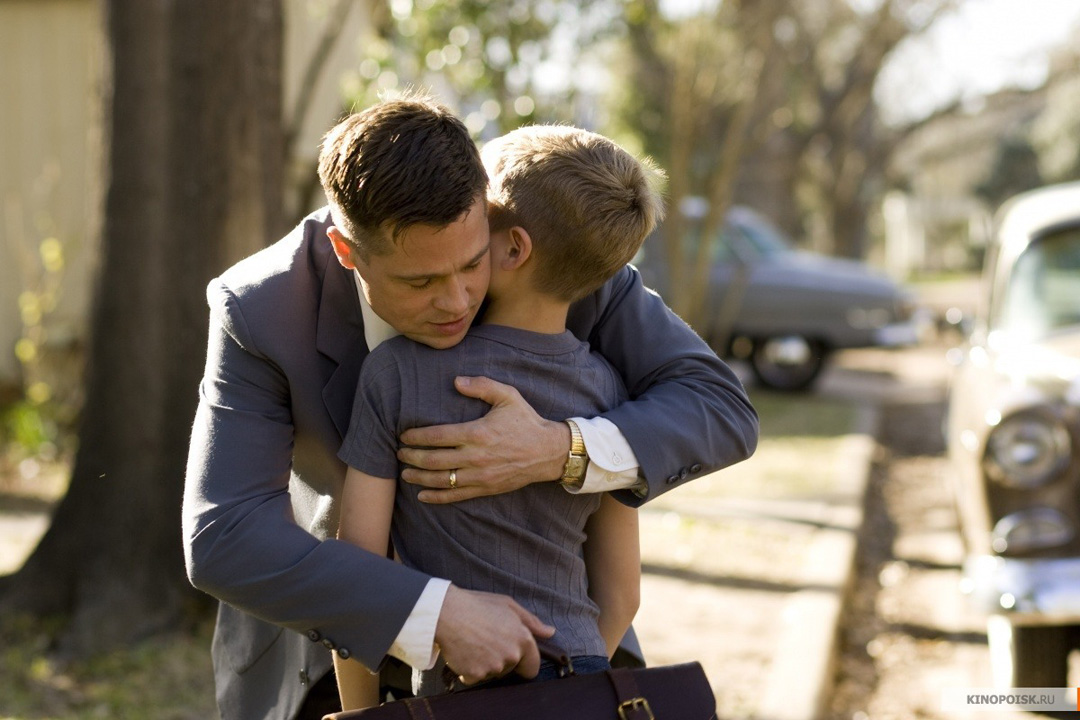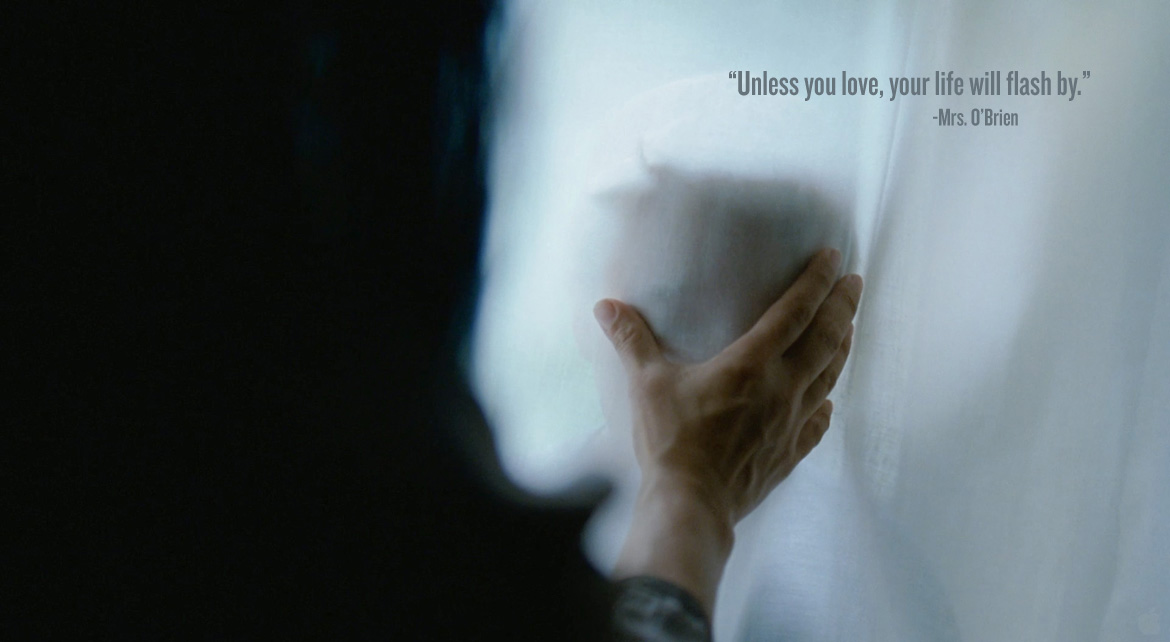One of the most fascinating interviews I discovered this year was Steven Spielberg’s commentary on the life and work of Stanley Kubrick which accompanied the DVD release of Eyes Wide Shut. In it, Spielberg elaborates on not only his multi-decade friendship with Kubrick, but also one subject they spent a great deal of time digging into in their last couple years together, and it’s is something I have never been able to stop thinking about ever since. In the interview, Spielberg says: “The way he told stories was sometimes antithetical to the way we are accustomed to receiving stories …Sometimes [Stanley did that because] he had a very specific way of telling a story. It’s not that he wanted to show off ‘why I’m so different from you, but why is it that every story has to be told the same way?’ He would tell me in the last couple years of his life when we were talking about the form, he kept saying ‘I want to change the form. I want to make a movie that changes the form.’ And I said, ‘Well, didn’t you do that with ‘2001’?’ And he said, ‘Well, just a little bit, but not enough. I really want to change the form.’ So he kept looking for different ways to tell stories.”
This past June I watched Terrence Malick’s The Tree Of Life and came out of the theater obsessed. Of all the greatest living master directors of our time, Terrence Malick is perhaps the closest living equivalent to Kubrick, navigating the same artistic terrain responsible for evolving the form of cinematic storytelling more than most other contenmporary directors combined. And Tree is in every way his magnus opus in this regard. The seeds for The Tree Of Life emerged in the late 1970s after Malick completed the shooting of Days Of Heaven, yet it took him a full 30 years of gestation and preparation to tackle the subject matter in a realistic way. I have no doubt that by the time the first scene of the film was shot, Malick had already pre-determined the form that Tree would take, and that it would be unlike anything we had ever seen. And he actually did it. It took 3 years of sculpting from the first day of shooting to its premiere for Malick to bring it to the screen.
The most important mark of any truly evolved film (of which there are only a handful every few years — if we’re lucky) is its ability to nestle inside your consciousness and sprout a seed — or seeds — of its own. Tree didn’t just sprout a few seeds, it left me with that impossibly rare feeling that I had just witnessed something I may very well never see again — in much the same way 2001: A Space Odyssey did when I first saw it many years ago. I’ve had more conversations about The Tree Of Life than I can possibly remember, and several friends of mine (whom I deeply respect) have commented over the past several months that even though the film is a thinking man’s dream, it was a bit “long”. I couldn’t disagree more. Not only do I think its all-encompassing scope was beautifully structured in every possible way, I think Tree is an example of cinema in its finest, most exceptional form. The Tree Of Life has earned its rightful place near the very top of film history as one of the greatest explorations of the human experience ever captured on film.


